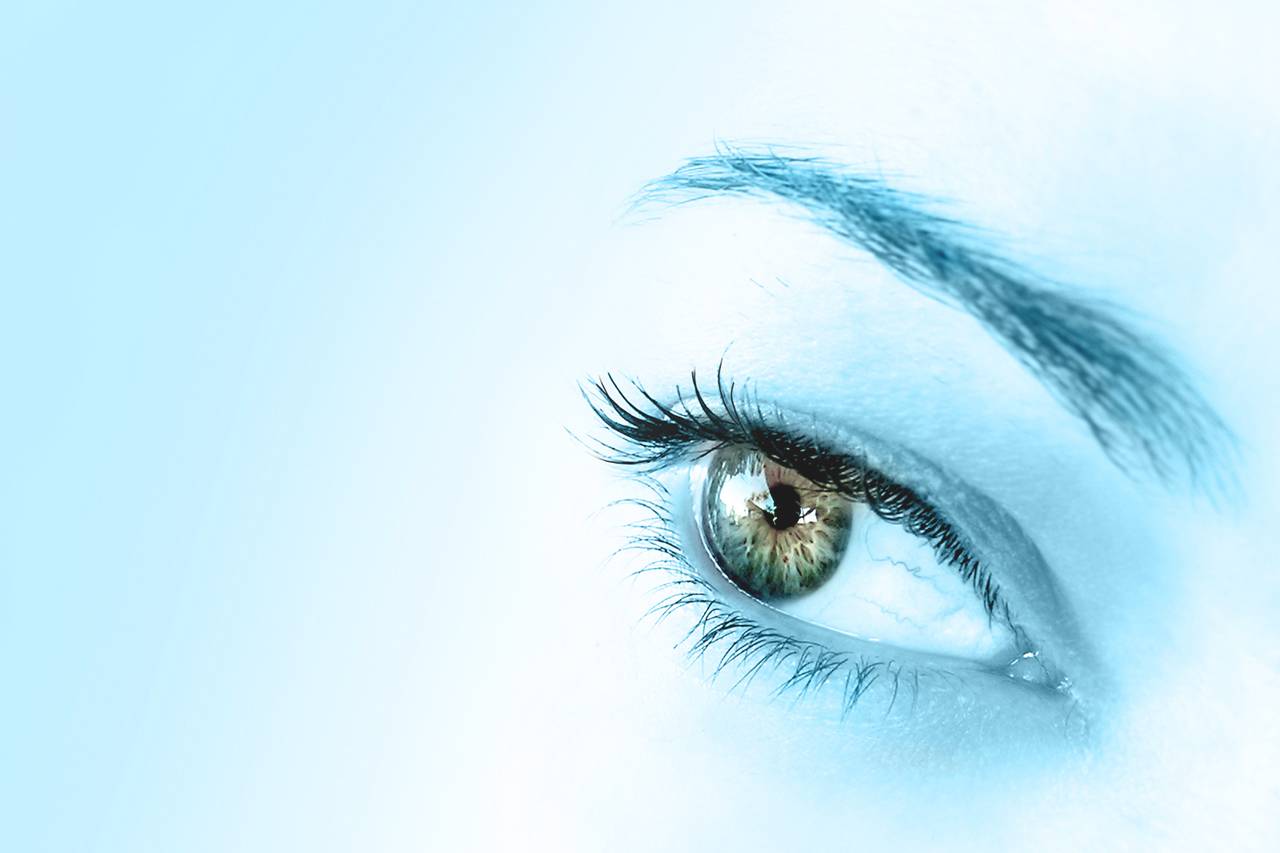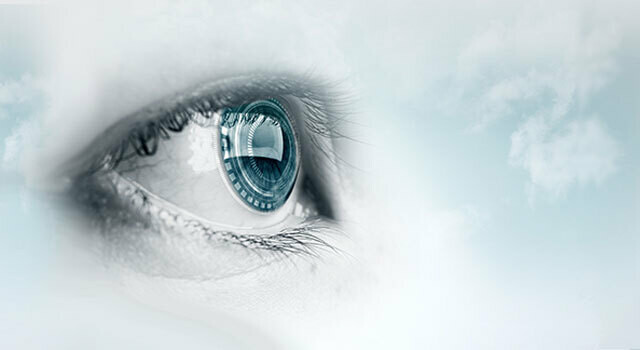Discovering the State-of-the-Art Technologies Used for Dealing With and detecting Eye Problems
In the realm of ophthalmology, the development of technology has actually dramatically improved the devices available for identifying and dealing with various eye problems. From innovative imaging technologies that supply comprehensive understandings into eye structures to robotic-assisted medical treatments that offer unmatched accuracy, the landscape of eye care is frequently advancing.

Advanced Imaging Technologies
Advanced Imaging Technologies have transformed the area of ophthalmology by offering specific and comprehensive visualization of the eye structures. Optical Coherence Tomography (OCT) stands apart as a vital innovation in this realm. OCT utilizes light waves to capture high-resolution cross-sectional pictures of the retina, permitting the recognition of minute architectural changes. This non-invasive technique help in the very early discovery and monitoring of different eye problems such as macular deterioration, diabetic retinopathy, and glaucoma.
Moreover, Fundus Digital photography is another essential tool in ophthalmic imaging. This strategy involves capturing detailed photos of the rear of the eye, consisting of the retina and optic disc. Fundus Digital photography aids in recording the development of eye conditions, examining treatment efficiency, and educating people regarding their eye health.

Robotic-Assisted Operation
Robotic-assisted surgeries have significantly progressed the abilities of sensory surgical treatment, ushering in a brand-new age of accuracy and effectiveness in treating numerous eye problems. By incorporating robot modern technology right into procedures, eye doctors can achieve unparalleled accuracy and control, bring about improved person outcomes.
One of the key benefits of robotic-assisted surgery in ophthalmology is the boosted dexterity and stability it uses to cosmetic surgeons. The robot arms can do precise activities with a high level of precision, enabling for delicate treatments with very little invasiveness. This degree of precision is particularly beneficial in surgical treatments including the retina, where even small mistakes can have considerable implications for a patient's vision.
In addition, robotic-assisted surgical systems provide real-time imaging and responses to the cosmetic surgeon, allowing them to make educated decisions throughout the treatment. This innovation boosts the doctor's situational recognition and enables for modifications to be made promptly, making certain ideal results for the patient.
Artificial Intelligence in Diagnostics
With the development of sophisticated innovations improving surgical accuracy in sensory procedures, the integration of Artificial Intelligence in diagnostics has arised as a pivotal development revolutionizing the field of eye care. Fabricated Knowledge (AI) formulas are being progressively used to analyze intricate information from imaging technologies like optical comprehensibility tomography (OCT) and fundus digital photography to assist in the early detection and exact diagnosis of different eye conditions. These AI systems can effectively recognize patterns and abnormalities in pictures that might not be noticeable to the human eye, enabling quicker medical diagnosis and treatment planning.
AI formulas can additionally forecast illness progression, recommend personalized treatment strategies, and examine the effectiveness of treatments. By streamlining the diagnostic procedure, AI not just boosts the efficiency of eye care specialists yet also enhances person outcomes by allowing prompt treatments. As AI remains to development, its duty in diagnostics is expected to broaden, offering new possibilities for early treatment and personalized treatment in the area of ophthalmology.
Gene Therapy Innovations
In the world of sensory developments, recent strides in genetics treatment developments have actually stimulated substantial interest amongst researchers and healthcare professionals alike. Gene therapy holds enormous promise in changing the therapy of various eye conditions by targeting the underlying hereditary reasons. By introducing genetic material into cells to make up for abnormal genes or to offer a missing gene, gene treatment supplies an individualized strategy to attending to inherited eye disorders such as retinitis pigmentosa, Leber congenital amaurosis, and others that were previously taken into consideration untreatable.

As research study in genetics treatment remains to advance, the potential for customized therapies for a bigger variety of eye conditions grows, supplying brand-new hope for patients with genetic eye illness.
Digital Fact Recovery
Online fact recovery has emerged as an innovative method in improving the recuperation and recovery procedures for individuals with numerous visual problems. retina service near me. By simulating real-world settings with Home Page immersive technology, digital truth provides a special platform for vision treatment and rehab. This cutting-edge approach makes it possible for individuals to take part in interactive exercises and tasks made to enhance visual acuity, deepness perception, eye control, and total visual functioning
One key advantage of virtual reality recovery is its capability to tailor therapy programs based upon the particular requirements and capacities of each client. Via real-time feedback and surveillance, medical care specialists can track progression, readjust interventions, and offer customized like optimize results. Furthermore, virtual reality innovation can develop a safe and controlled space for individuals to practice aesthetic tasks, get over obstacles, and construct self-confidence in a virtual setup before transitioning to real-world situations.
Final Thought
In verdict, the advancements in imaging modern technologies, robotic-assisted surgeries, fabricated intelligence diagnostics, gene treatment developments, and online fact recovery have considerably boosted the diagnosis and therapy of eye problems. refractive surgeries in al. webpage These modern technologies have transformed the area of ophthalmology, enabling even more reliable and exact procedures. As modern technology continues to progress, the future of eye treatment looks encouraging with the possibility for a lot more innovative options to boost person end results
In the world of ophthalmology, the advancement of technology has dramatically enhanced the tools offered for detecting and dealing with different eye problems. Fundus Digital photography aids in documenting the development of eye diseases, examining treatment efficiency, and informing patients regarding their eye health.
Synthetic Knowledge (AI) formulas are being significantly used to evaluate complicated information from imaging technologies like optical comprehensibility tomography (OCT) and fundus digital photography to aid in the early detection and exact medical diagnosis of numerous eye conditions.In conclusion, the developments in imaging modern technologies, robotic-assisted surgical treatments, fabricated knowledge diagnostics, gene treatment innovations, and virtual click over here truth recovery have significantly enhanced the medical diagnosis and treatment of eye conditions. As technology proceeds to advance, the future of eye treatment looks encouraging with the potential for also more ingenious services to enhance patient end results.